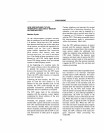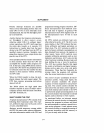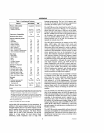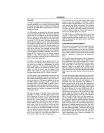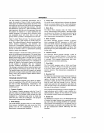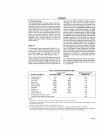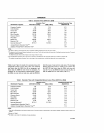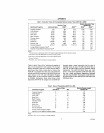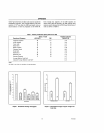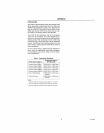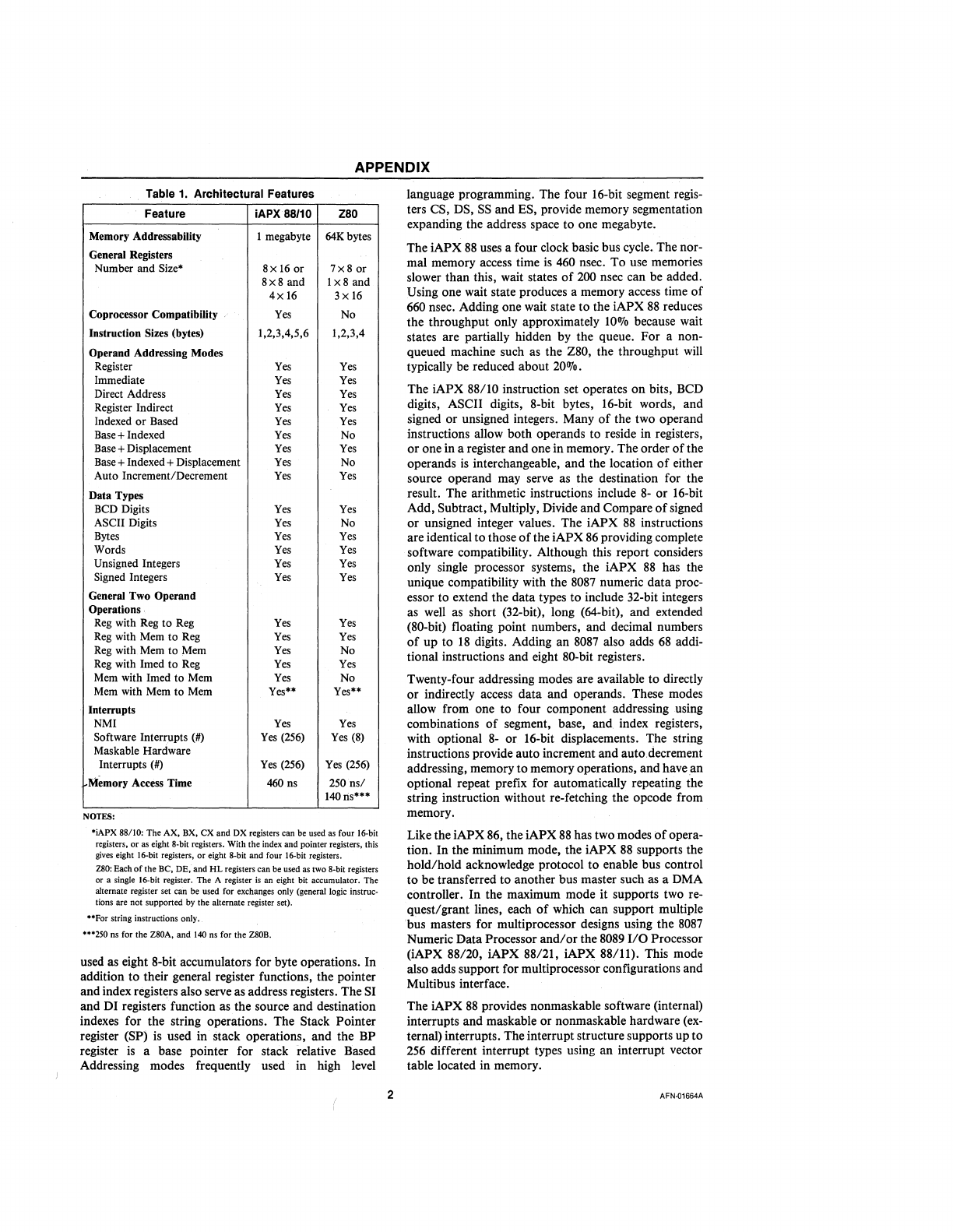
APPENDIX
Table 1. Architectural Features
Feature
iAPX88/10
Z80
Memory
Addressability 1
megabyte
64K
bytes
General
Registers
Number
and Size·
8x
16
or
7x8
or
8x8
and
1
x8
and
4xl6
3x
16
Coprocessor Compatibility "
Yes
No
Instruction
Sizes
(bytes)
1,2,3,4,5,6 1,2,3,4
Operand Addressing
Modes
Register
Yes Yes
Immediate
Yes
Yes
Direct
Address
Yes
Yes
Register
Indirect
Yes
Yes
Indexed
or
Based
Yes
Yes
Base
+
Indexed
Yes
No
Base
+ Displacement
Yes
Yes
Base
+
Indexed
+
Displacement
Yes
No
Auto Increment/Decrement
Yes Yes
Data
Types
BCD
Digits
Yes Yes
ASCII
Digits
Yes
No
Bytes
Yes Yes
Words
Yes
Yes
Unsigned
Integers
Yes Yes
Signed
Integers
Yes Yes
General
Two
Operand
Operations,
Reg
with
Reg
to
Reg
Yes
Yes
Reg
with
Mem
to
Reg
Yes Yes
Reg
with
Mem
to
Mem
Yes
No
Reg
with
Imed
to
Reg
Yes Yes
Mem
with
Imed
to
Mem
Yes
No
Mem
with
Mem
to
Mem
Yes·· Yes··
Interrupts
NMI
Yes Yes
Software
Interrupts (#)
Yes
(256)
Yes
(8)
Maskable
Hardware
Interrupts
(#)
Yes
(256)
Yes
(256)
Memory
Access
Time
460
ns
250ns/
140 lis··*
NOTES:
*iAPX 88/10: The
AX.
BX.
ex
and
DX
registers can
be
used as
four
16-bit
registers,
or
as
eight 8-bit registers. With
the
index
and
pointer registers, this
gives eight 16-bit registers,
or
eight 8-bit
and
four 16-bit registers.
Z80: Each
of
the
BC,
DE;
and
HL
registers
can
be
used
as
two
8-bit registers
or a single 16-bit register. The A register
is
an eight bit accumulator. The
alternate register set can
be
used for exchanges only (general logic instruc-
tions are not supported by the alternate register set).
**For string instructions only
..
"·250
os for
the
Z80A,
and
140 ns for
the
ZSOB.
used as eight 8-bit accumulators for byte operations. In
addition
to
their general register functions, the pointer
and index
registc:;rs
also serve as address registers. The SI
and
01
registers function as the source
and
destination
indexes for the string operations. The Stack Pointer
register (SP) is used in stack operations,
and
the BP
register is a base pointer for stack relative Based
Addressing modes frequently used in high level
2
language programming. The four 16-bit segment regis-
ters CS, OS,
SS
and
ES, provide memory segmentation
expanding the address space
to
one megabyte.
The
iAPX
88
uses a four clock basic bus cycle. The nor-
mal memory access time is 460 nsec.
To
use memories
slower
than
this, wait states
of
200 nsec can be added.
Using one wait state produces a memory access time
of
660 nsec. Adding one wait state
to
the iAPX
88
reduces
the
throughput only approximately
10DJo
because wait
states are partially hidden by the queue.
For
a non-
queued machine such as the Z80, the throughput will
typically be reduced about
20DJo.
The
iAPX
88/10 instruction set operates
on
bits, BCD
digits, ASCII digits, 8-bit bytes, 16-bit words,
and
signed
or
unsigned integers. Many
of
the two operand
instructions allow both operands to reside in registers,
or
one in a register
and
one in memory. The order
of
the
operands is interchangeable,
and
the location
of
either
source operand may serve as the destination for the
result. The arithmetic instructions include
8-
or
16-bit
Add,
Subtract, Multiply, Divide
and
Compare
of
signed
or
unsigned integer values. The
iAPX
88
instructions
are identical
to
those
of
the
iAPX
86
providing complete
software compatibility. Although this report considers
only single processor systems, the
iAPX
88
has the
unique compatibility with the
8087 numeric
data
proc-
essor
to
extend the
data
types
to
include 32-bit integers
as well as short (32-bit), long (64-bit),
and
extended
(80-bit) floating point numbers,
and
decimal numbers
of
up
to
18
digits. Adding
an
8087 also adds
68
addi-
tional instructions and eight 80-bit registers.
Twenty-four addressing modes are available
to
directly
or
indirectly access
data
and
operands. These modes
allow from one to four component addressing using
combinations
of
segment, base, and index registers,
with optional
8-
or
16-bit displacements. The string
instructions provide auto increment
and
auto,decrement
addressing, memory
to
memory operations,
and
have.an
optional repeat prefix for automatically repeating the
string instruction without re-fetching the opcode from
memory.
Like the
iAPX
86, the iAPX
88
has two modes
of
opera-
tion.
In
the minimum mode, the
iAPX
88
supports the
hold/hold
acknowledge protocol
to
enable bus control
to
be transferred
to
another bus master such as a DMA
controller.
In
the maximum mode
it
supports two re-
quest/grant lines, each
of
which can support multiple
bus masters for multiprocessor designs using
the
8087
Numeric
Data
Processor
and/or
the 8089
I/O
Processor
(iAPX 88/20,
iAPX
88/21,
iAPX
88/11). This mode
also adds support for multiprocessor configurations and
Multibus interface.
The
iAPX
88
provides nonmaskable software (internal)
interrupts and maskable
or
nonmaskable hardware
(ex-
ternal) interrupts. The interrupt structure supports
up
to
256 different interrupt types using an interrupt vector
table located in memory.
AFN-01664A




